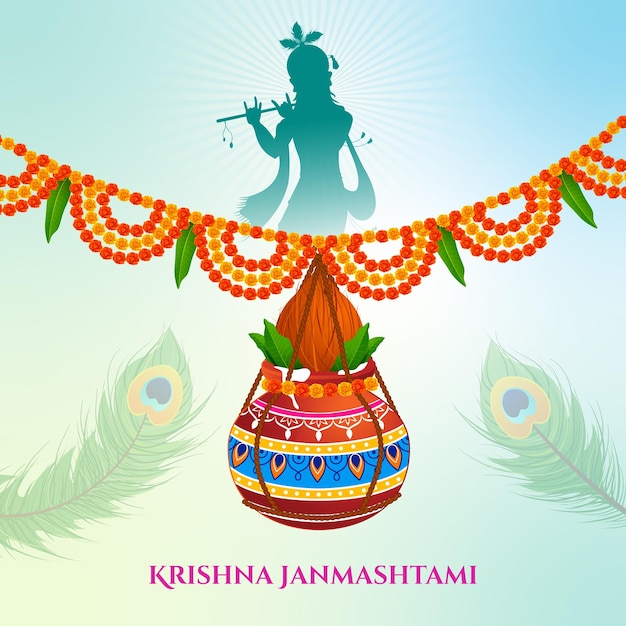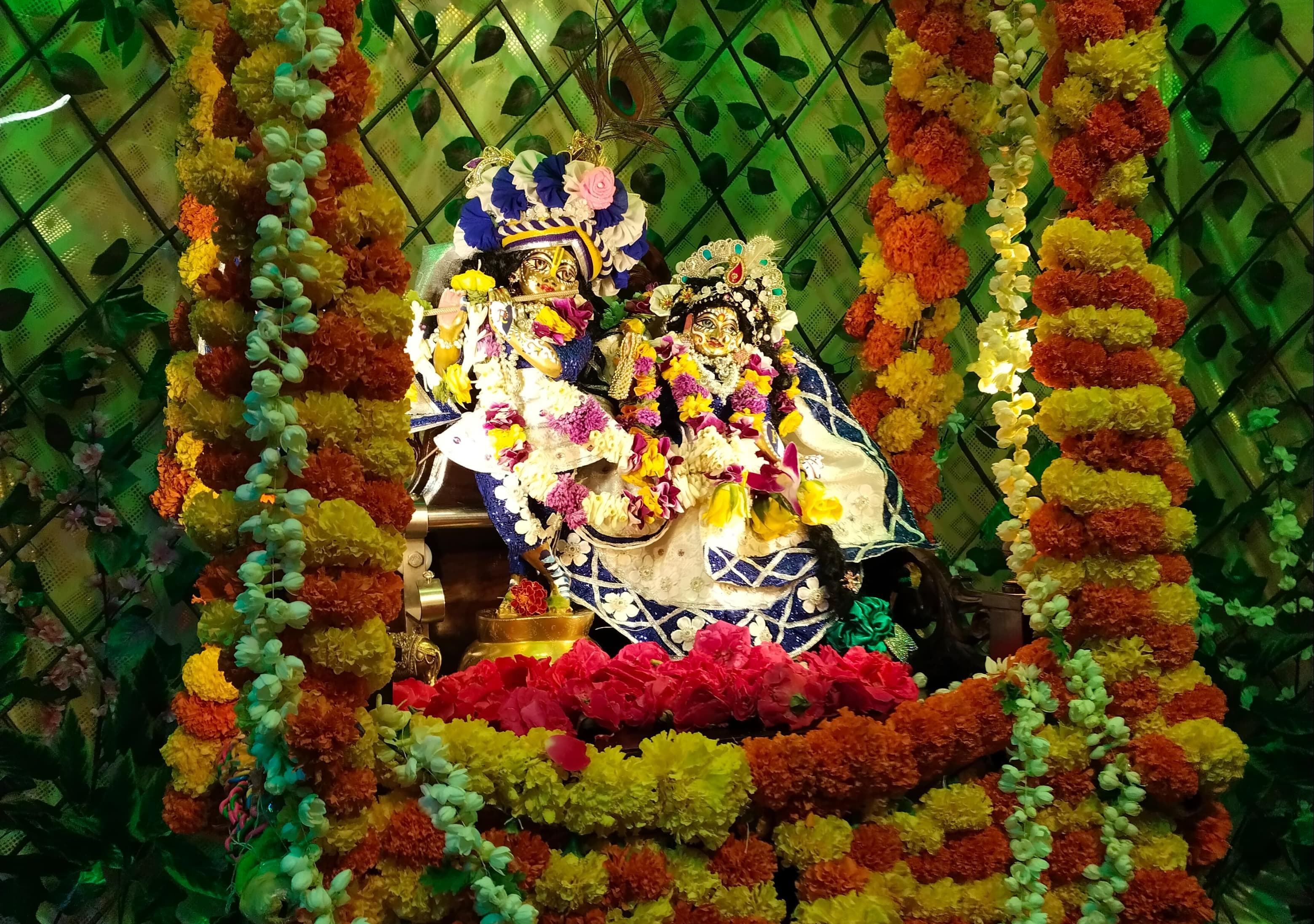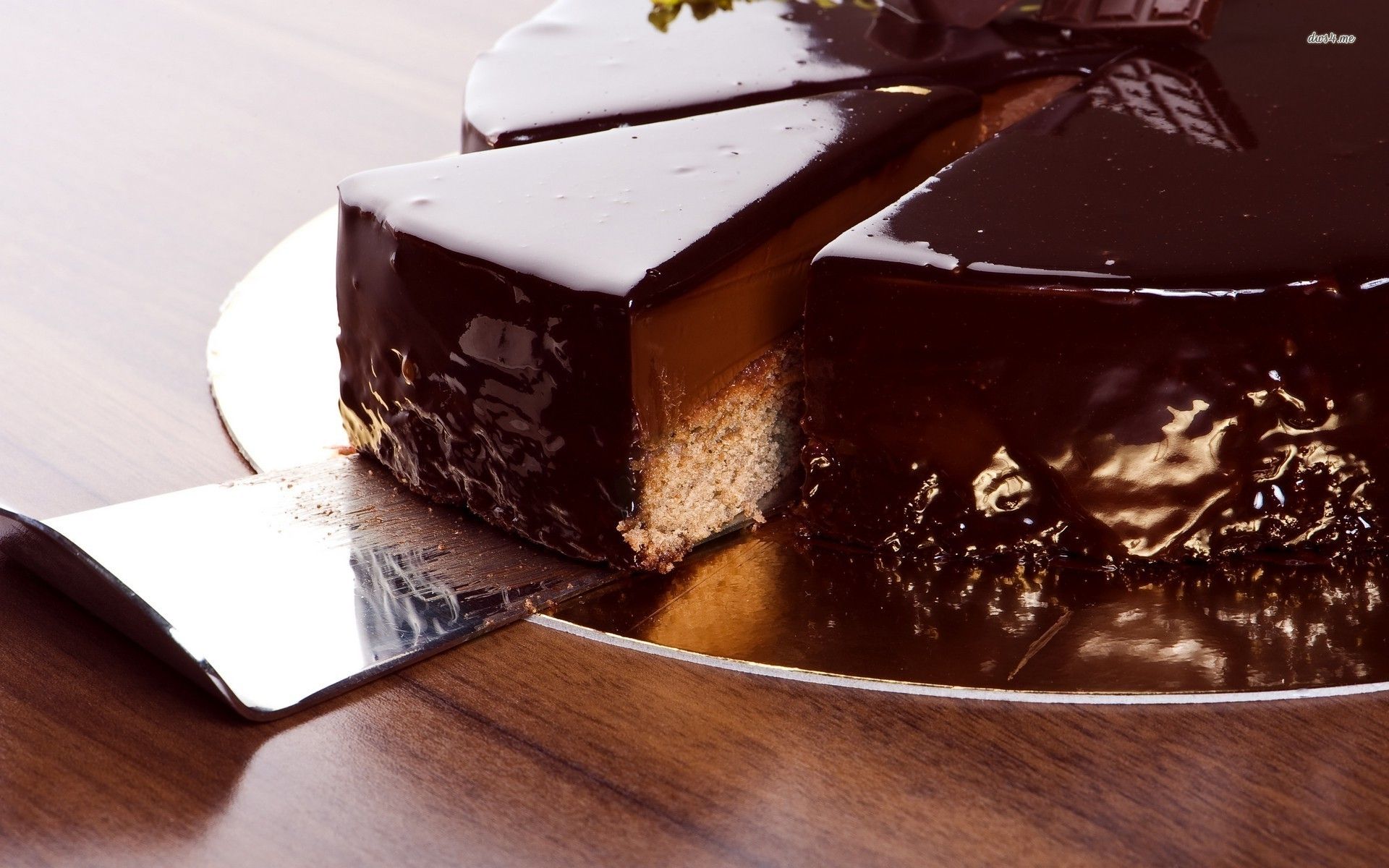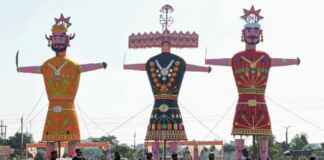Janmashtami, the birth anniversary of Lord Krishna, is one of the most vibrant and spiritually significant festivals in India. Beyond the colorful decorations, lively celebrations, and joyous bhajans, each ritual associated with Janmashtami holds deep symbolism — connecting devotees to the essence of Krishna’s life and teachings.
Let’s look at the meaning behind some of the most loved traditions, from Matki breaking to fasting, and how they embody timeless values.
Matki Breaking (Dahi Handi) — The Spirit of Teamwork & Joy
The tradition of Dahi Handi recreates Krishna’s childhood mischief of stealing butter from hanging pots. But it’s more than just a playful spectacle.
- Symbolism: The handi (earthen pot) represents challenges in life, and the butter inside signifies the sweet reward of persistence.
- The human pyramid formed to reach the pot reflects teamwork, trust, and unity — values Krishna embodied as a leader and friend.
- The act of breaking the pot celebrates fearlessness and determination, reminding us to approach life’s hurdles with courage and joy.
Fasting (Upvas) — Self-Discipline & Purity
On Janmashtami, devotees observe strict fasts — some without water (nirjal), others consuming only fruits and milk (phalahar).
- Symbolism: Fasting is not just about abstaining from food; it’s about controlling desires and focusing on spiritual growth.
- The practice reflects Krishna’s message in the Bhagavad Gita — that self-discipline and detachment from material cravings bring inner peace.
- It also purifies the body and mind, preparing devotees to welcome the divine energy of Krishna into their lives.

Midnight Celebrations — The Divine Arrival
Krishna is believed to have been born at midnight in Mathura, and devotees gather in temples to celebrate this exact moment.
- Symbolism: The darkness of midnight represents ignorance and hardship, and Krishna’s birth symbolizes the arrival of light, wisdom, and hope.
- The ringing bells, blowing conch shells, and chanting mantras mark the victory of good over evil.
- Jhanki (Cradle Ceremony) — Embracing Innocence

Placing an idol of baby Krishna in a decorated cradle and gently rocking it is one of the sweetest Janmashtami traditions.
- Symbolism: This act invites devotees to nurture innocence, joy, and unconditional love in their hearts.
- It’s also a reminder of Krishna’s early life, filled with divine playfulness (leela) that encouraged people to find happiness in the simplest moments.
Panchamrit Offering — Nourishment for Body & Soul
Panchamrit, a sacred mix of milk, curd, honey, sugar, and ghee, is offered to the deity.
- Symbolism: Each ingredient represents a quality to cultivate — purity (milk), strength (ghee), sweetness (honey), unity (curd), and bliss (sugar).
- Consuming it as prasad is a way to internalize these virtues.
Janmashtami is more than a celebration of Krishna’s birth — it’s a spiritual journey. Whether it’s breaking a matki, fasting, or rocking a cradle, each tradition carries lessons in love, resilience, discipline, and unity. By embracing the deeper meaning behind these customs, we not only honor Krishna but also bring his timeless wisdom into our modern lives.













